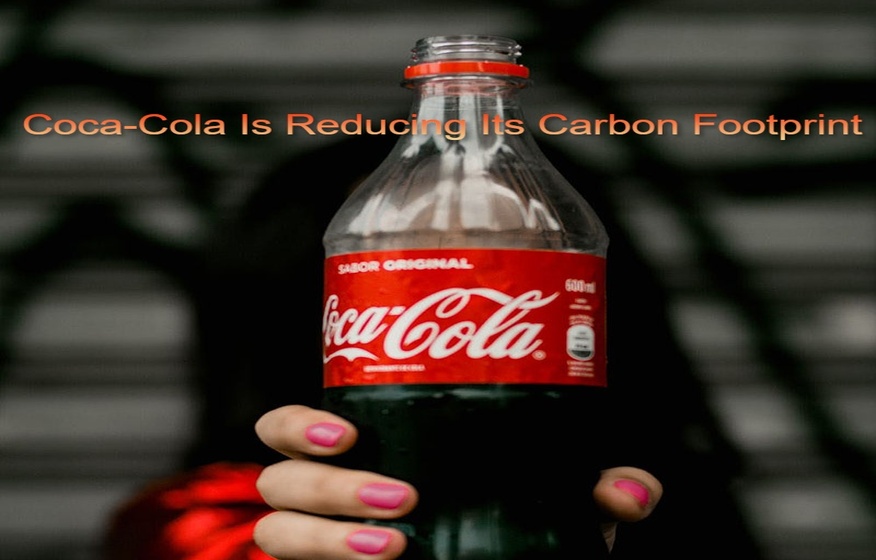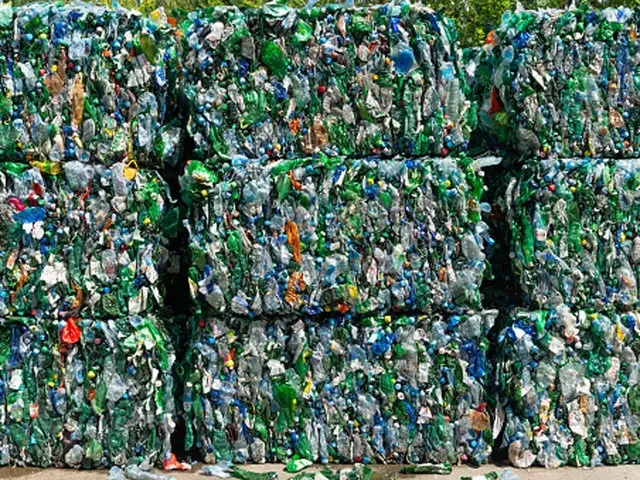There is scientific agreement that global climate change is occurring and that GHG emissions generated by humans are a contributing element. Climate change has substantial and far-reaching repercussions for our world, with projected effects on energy and water resources, agriculture, and biodiversity.
Coca-Cola was once the largest worldwide brand to emit greenhouse gases and contribute to the carbon footprint. Produced mostly via the manufacture, packing, transportation, cooling, and disposal of their most popular items. The study, conducted in collaboration with the government-funded Carbon Trust, discovered that a typical 330ml can of Coke contains the equivalent of 170g of carbon dioxide (CO2e), whereas the same sized Diet Coke or Coke Zero contains 150g.
Now, the corporation is revising its climate change targets to reflect current climate knowledge. The Science Based Target (SBT) for Coca-Cola is to cut greenhouse gas emissions by 25%. In comparison to a 2015 baseline, across the whole value chain by 2030. The SBT varies from the previous “drink-in-your-hand” objective in that it is an absolute aim to decrease total greenhouse gas emissions by 25% regardless of volume increase, rather than a relative target to reduce emissions per volume. This adjustment adheres to existing industry best practises while attempting to decouple greenhouse gas emissions from sales growth.
To decrease our climate impact, Coca-Cola continues to analyse and implement improvements in our operations and throughout the Coca-Cola system value chain. This is evident in their decision to combine various sustainability projects into a single target of reducing the carbon footprint of the “drink in your hand” by 25% by 2020, a goal established in 2013. Progress toward the “drink in your hand” goal is now being monitored throughout the manufacturing processes, packaging forms, delivery fleet, refrigeration equipment, and ingredient procurement.













